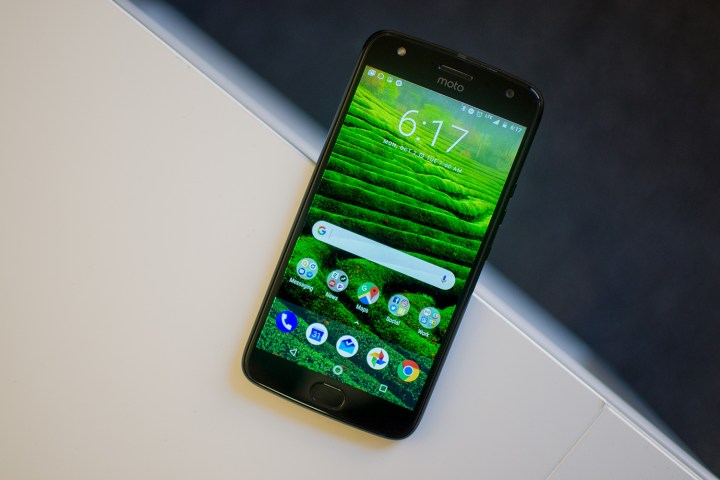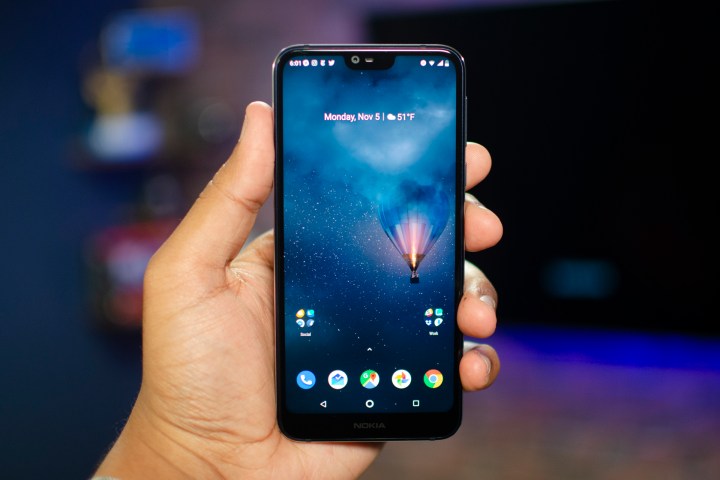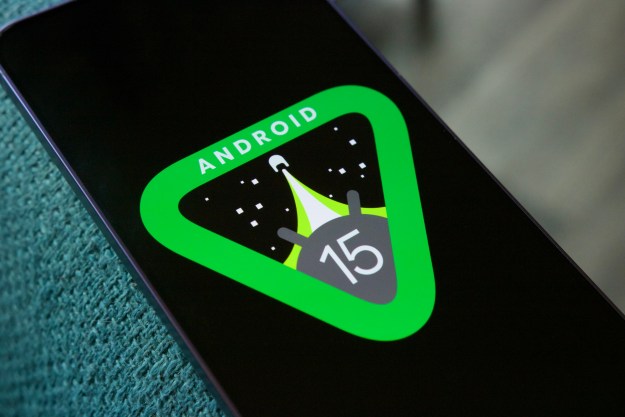
Android is one of the biggest operating systems in the world, with over 2 billion active users as of May 2017. Unless you’re a diehard iPhone owner, it’s likely that you’ve used an Android device at some point in your life.
One of the reasons behind Android’s success is its flexibility. Many manufacturers adopt the Android framework and put their own spin on it, creating a manufacturer skin like Huawei’s EMUI or LG’s UX skin. This means companies can adopt Google’s operating system without worrying that their branding will be lost in the software.
But that strength is also a weakness; Android’s update adoption rates are tremendously low, and as of October 2018, only 19.2 percent of all active Android devices had updated to the second-newest Android update, Android 8.0 Oreo.
It’s a problem that reflects badly on Android as a whole — what’s a company like Google to do to fix it? Offering a version of stripped down Android that’s quick to update seems like a good shot. Say hello to Android One — here’s everything you need to know.
What is Android One?

But what is Android One? Its name gives little away, but it’s actually fairly easy to define. It’s a stripped down version of Android that’s as close to stock Android as possible. So that’s little else but the essential Google apps installed, and very little else added to the phone’s software — outside of a custom camera app, or software needed to support phone hardware. Not even Google’s own Pixel range has a variety of Android as close to vanilla as Android One. Simply put, it’s the closest to Google’s vision of Android as it’s possible to get.
Launched back in 2014, Android One was originally meant to be used on entry-level Android devices in developing markets like India, Indonesia, and other South Asian countries. Stripped of all unnecessary software, Android One’s slim load was meant to be the perfect accompaniment to the budget, low-power devices popular in such areas.
But as Android continued to grow, the needs of Android One grew beyond what those entry-level devices could easily provide. That’s why, in May 2017, Google introduced Android Go — an even more stripped back version of Android, rebuilt to accommodate lower-powered devices, and especially tuned to save mobile data.
Where did that leave Android One? It would have been easy for Google to let Android One slip away into obscurity, but instead, it saw an opportunity to re-use the stock Android OS. No longer restricted to entry-level and budget phones, you’ll now find the barebones Android build loaded onto a wide variety of devices, including some midrange handsets.
Why use an Android One phone?
Of course, that’s all very well and good for Google itself — but what are the advantages to picking up an Android One phone for you, the consumer?
First off, since Android One is not much more than stock Android, there’s very little extra added software to slow your phone down. The extra apps, skins, and other bloatware added into some Android phones can pay a big part in slowing performance, bogging down the phone’s hardware with software you might not actually want.
But don’t worry — you’ll still get all the great stuff you love from Android on an Android One phone. The Google Assistant, Google Lens, and other keystones of the Android experience are all included — alongside the latest features from Android 9.0 Pie, when that update comes to Android One.
The other major benefit is in update speed. Android phones have been lampooned for their terrible update speed for years, and that’s largely because of manufacturer skins. Whether the update be a small bug fix, security update, or a major update to Android 9.0 Pie, manufacturers need to adapt it for their particular software.
Android One phones aren’t as shackled. While updates do still have to go through each phone’s manufacturer, there’s much less to check and update, so updates will generally arrive much faster. It won’t be a day one patch like you’d expect on the Google Pixel range — but it should be far snappier than most other Android phones.
There’s also a cast-iron commitment to updates that comes directly from Google. Each Android One phone is guaranteed to get at least three years worth of security updates from its release date, and up to two years of major Android releases, too. So if you buy an Android One phone with Android 8.0 Oreo, you can expect to receive Android 9.0 Pie, and Android Q in its lifetime — as well as up to date monthly security patches.
Which phones support Android One?

So you love the idea of Android One — how can you go out and grab yourself an Android One phone right now? Unfortunately, it’s not that easy.
While Android One is picking up steam, it’s still far from being classed as a popular option. At the moment, Android One has been restricted mostly to entry-level, budget, and midrange phones, with only a few of the more powerful options having picked up the slimline operating system.
At the time of writing, there are only a few big names involved with Android One. Nokia is by far the most dedicated Android One disciple, and you’ll find the operating system on most of Nokia’s recent smartphone offerings, from the budget Nokia 6.1 and Nokia 7.1 — two of our favorite budget phones right now — to the flagship Nokia 8 Sirocco. Motorola has also dabbled in Android One with certain models of the Moto X4, and the more recent Motorola One range.
However, there’s room for expansion here, and we’re seeing more and more manufacturers test the idea of running Android One on some of their lower-spec phones. LG has announced a slightly downgraded version of the LG G7 powered by Android One, and it’s also highly likely Nokia’s rumored Nokia 9 PureView flagship will feature Android One. Google keeps a list of Android One handsets.
Many would have written off Android One after the introduction of Android Go — but thanks to Google’s continued support, it’s clear the operating system is only just getting started.
Editors' Recommendations
- The best Android tablets in 2024: the 11 best ones you can buy
- A new Google Pixel Tablet is coming, but it’s not what you think
- Android 15 might add a new way to charge your gadgets
- Android 15 release date: When will my phone get the update?
- What is NFC? How it works and what you can do with it

